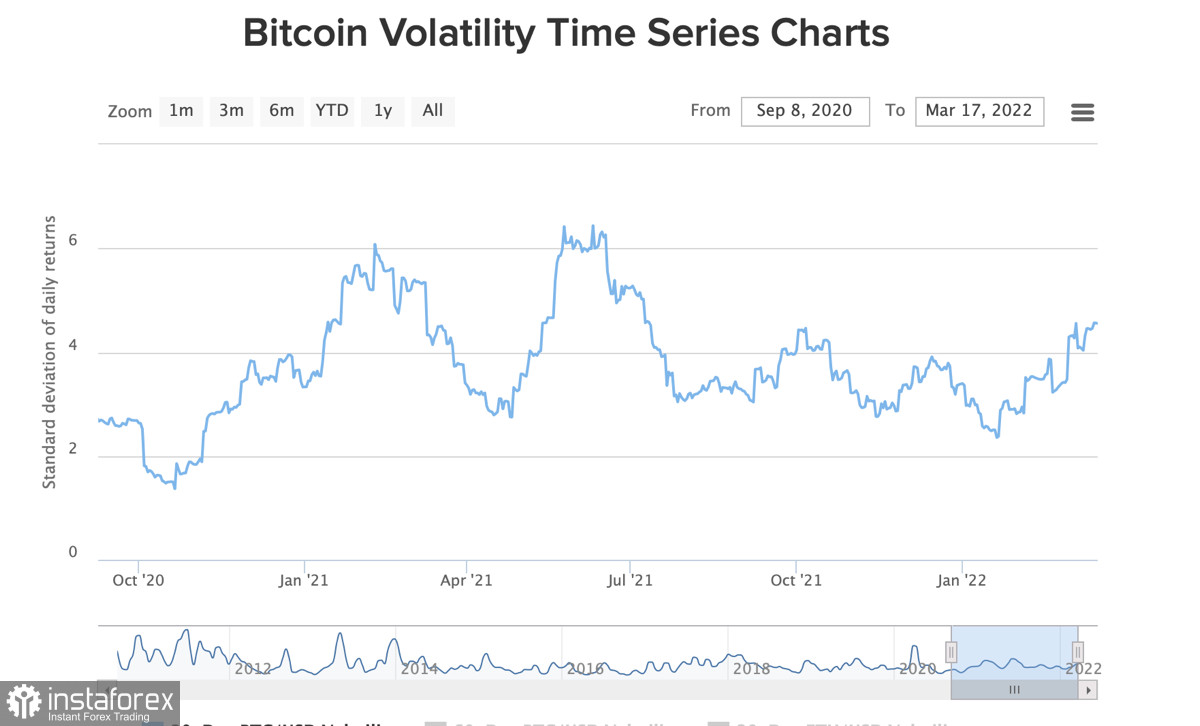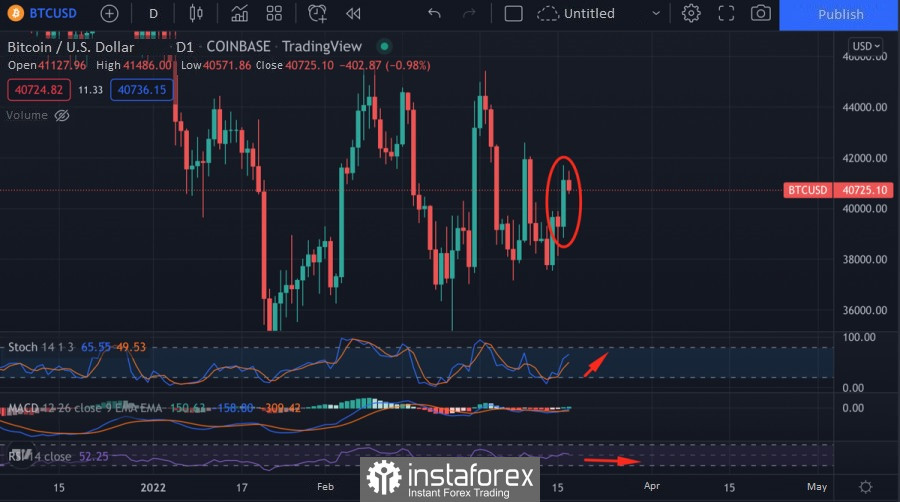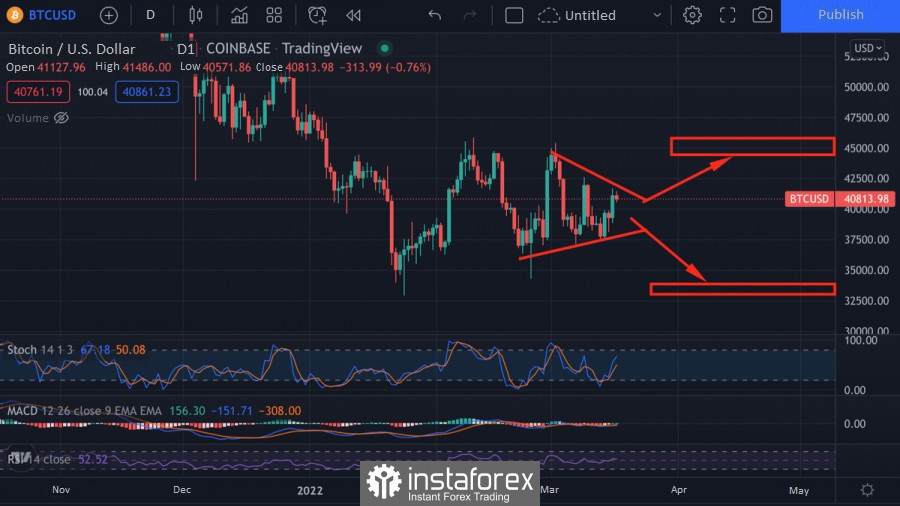The U.S. Federal Reserve decided to raise the federal-fund rate to the range of 0.25% -0.5%. Bitcoin and the cryptocurrency market reacted calmly to the Fed's decision, as it was already included in the price of assets. But at the same time, it cannot be denied that under the new conditions, investment processes will undergo significant changes.
An increase in the interest rate contributes to the growth of the value of the U.S. dollar and restrains the growth of the inflation rate. Following the interest rate, lending/deposit rates are also rising, which entails tighter liquidity and lower investment inflows. The Fed's decision has a long-term effect, and therefore one should not expect the situation to worsen every minute. Under the new conditions, the cryptocurrency market should show stability and become the main investment vehicle.

First of all, this applies to Bitcoin and Ethereum. The growth in the value of cryptocurrencies should be associated with greater selectivity of investors due to a decrease in investment intensity. In other words, large players will look for the most profitable assets for injection and profit. Given the tightening of monetary policy, assets with scarce components should be considered. And since Bitcoin has a limited supply, and Ethereum is a coin-burning mechanism, these cryptocurrencies will become an important investment tool in the new conditions.
Despite this, we cannot assume that the situation will stabilize in the near future and digital assets will receive a sufficient influx of capital. In 2022, at least five Fed meetings are planned, where the issue of raising the interest rate will be raised. Given the geopolitical situation, there is no reason to believe that a one-time rate hike will significantly affect inflationary processes.

This suggests that while some cryptocurrencies will benefit from their unique scarce qualities, there is no reason to expect a protracted bullish run. The macroeconomic environment, as well as the constant tightening of the Fed's policy, will be significant obstacles on the way to new historical highs. The current year will become a "buffer zone," for the cryptocurrency market and specifically Bitcoin, for the transition to new investment laws and global regulation of the digital asset market.
As for the coming days, we should not expect a decrease in Bitcoin volatility. On March 18, the fulfillment of obligations under futures contracts is scheduled, and therefore the level of cryptocurrency fluctuations will remain high. Despite this, following the results of March 16, Bitcoin managed to form a confident bullish candle and form a bullish engulfing pattern. Technical indicators do not demonstrate a single movement dynamics: the stochastic oscillator confirms the presence of a local upward impulse, but the stage of active purchases has ended.

At the same time, the price continues to squeeze into a narrow range, and it is likely that in the near future, we may expect an impulsive exit from the movement zone. Given the increased volatility, Bitcoin can start moving in any of the directions. In case of an upward breakout, the asset can reach a local high at $45.4k, and in a bearish scenario, update the local bottom at $34.1k.

 English
English 
 Русский
Русский Bahasa Indonesia
Bahasa Indonesia Bahasa Malay
Bahasa Malay ไทย
ไทย Español
Español Deutsch
Deutsch Български
Български Français
Français Tiếng Việt
Tiếng Việt 中文
中文 বাংলা
বাংলা हिन्दी
हिन्दी Čeština
Čeština Українська
Українська Română
Română

